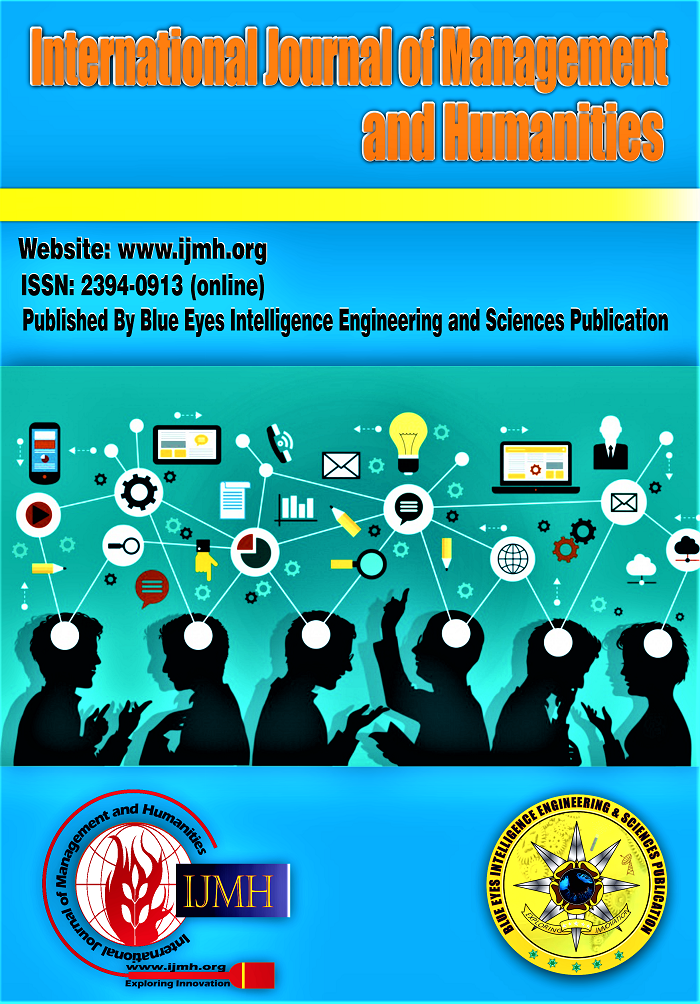Pro-Syrian Regime Versus Anti Regime Outlets: A Comparative Critical Discourse Analysis
Main Article Content
Abstract
The Syrian conflict that erupted in 2011 became a global crisis and attracted the international social media attention, leading to the engagement of international superpowers. Based on the assumption that social media discourse is not neutral and impacted by social, political, and economic contexts [1], this paper employs van Dijk’s socio-cognitive approach to investigate the role of social media discourse in protracting the Syrian conflict. It analyzes two main local, anti-, and pro-regime, social media outlets’ posts, and tweets to expose their discursive strategies and embedded ideologies. This article exposes the manipulation practices on the discoursal and linguistic level. It conducts a complex analysis to uncover hidden messages and manipulation techniques that has been delivered and utilized by conflicting parties in Syria, influencing people’s minds, increasing their polarity, altering the Syrian revolution’s conception, and protracting the tragedy. The findings indicate that social media discourse vis-à-vis the Syrian context is biased. Syrian conflicting parties, especially pro-regimes outlets, manipulate discourse with the aim of influencing people’s understandings and beliefs and hence actions. Anti-government actors are always stereotyped as foreign backed, extremists, and terrorists. International outlets, impacted by the local outlets, have contributed to altering the perception of the Syrian conflict, from a popular social movement to a violent civil war.
Downloads
Article Details
Section
How to Cite
References
R. Fowler, Language in the news. London: Routledge, 1991.
E. Hoffer, The true believer: Thoughts on the nature of mass movements. New York: TIME INCORPORATED, 1946.
Al Jazeera. What is the Arab Spring, and how did it start? Arab spring: 10 Years on News | Al Jazeera, Available: URL<https://www.aljazeera.com/news/2020/12/17/what-is-the-arab-spring-and-how-did-it-start>.
M. Al-Natour, Nation, Gender, and Identity: Children in the Syrian Revolution 2011. Virtual Commons – Bridgewater State University, 2013. Available: URL <https://vc.bridgew.edu/jiws/vol14/iss5/3/>.
T. A. Van Dijk, Principles of Critical Discourse Analysis. Discourse & Society, (4) 2, 1993, pp. 249–283.
T. A. Van Dijk, Ideology and Discourse: A Multidisciplinary Introduction. Pompeu Fabra University, Barcelona, 2000.
T.A. van Dijk, ‘Discourse Analysis as Ideology Analysis’, in C. Schäffner and A.L. Wenden (eds) Language and Peace, 1995, pp. 17-33. Aldershot: Dartmouth.
SANA. [Facebook page]. Facebook, n.d.. Available: URL <https://www.facebook.com/SyrianArabNewsAgencySana>.
SANA. Syrian Arab News Agency. n.d..Available: URL <https://sana.sy/en/>.
SANA. [Twitter page]. Twitter, n.d.. Available: URL <https://twitter.com/home>.
M. Foucault, Discipline and Punish: The Birth of the Prison. Harmondsworth, 1991.
Orient News En. [Twitter page]. Twitter, n.d.. Available: URL https://twitter.com/OrientNewsEn.
T. A. Van Dijk, Ideology and discourse. Ariel Barcelona, 2003.
J. Channell, Corpus-based analysis of evaluative lexis. In S. Hunston & G. Thompson (Eds.), Evaluation in text: Authorial stance and the construction of discourse, UK: Oxford University Press, 2000, pp. 38-55.





